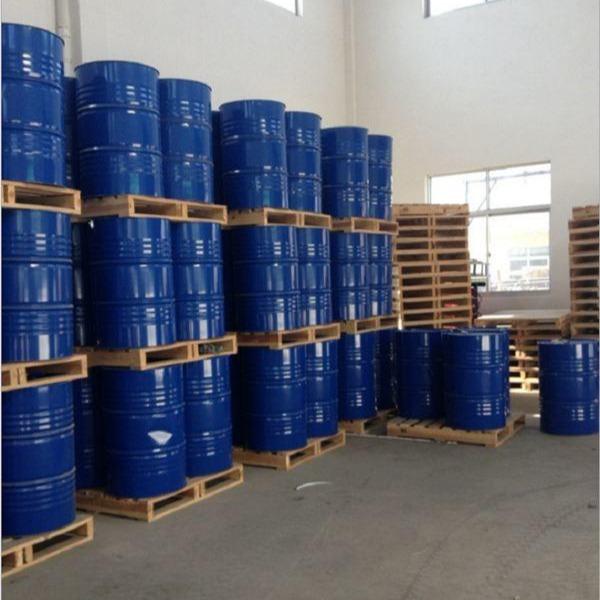-

m-Cresol
CAS:108-39-4Read more -

3-Cyanopyridine
CAS:100-54-9Read more -

1,2-Pentanediol
CAS:5343-92-0Read more -

Tetrahydrofuran
CAS:109-99-9Read more -

1,2-Dichlorobenzene
CAS:95-50-1Read more -

1,3-dichlorbenzene
CAS:541-73-1Read more -

Dibutyl ether
CAS:142-96-1Read more -

Paraformaldehyde
CAS:30525-89-4Read more -

Diisopropyl ether
CAS:108-20-3Read more -

Piperidine
CAS:110-89-4Read more -
Tricyanopyridine
CAS:15716-20-8Read more -
2,4,6-Collidine
CAS:108-75-8Read more





